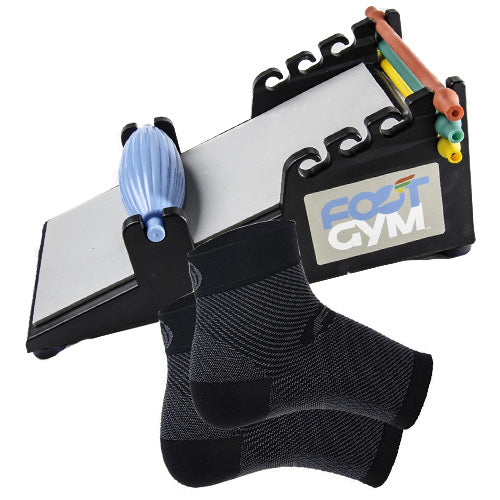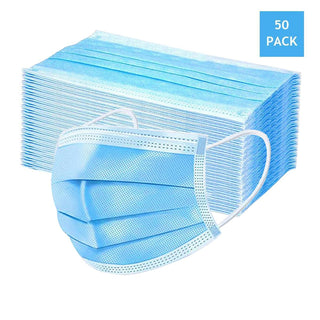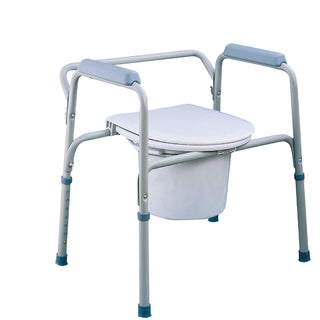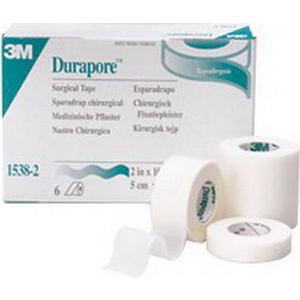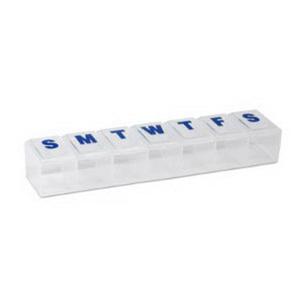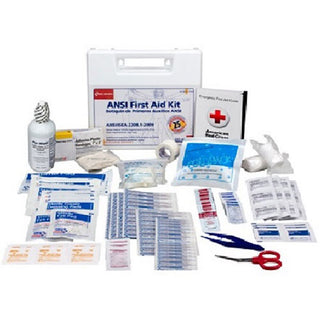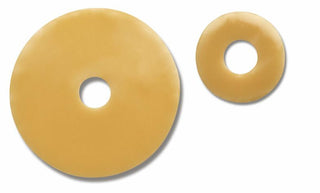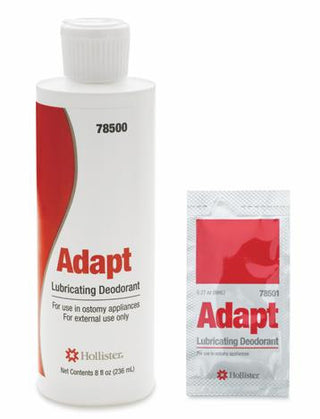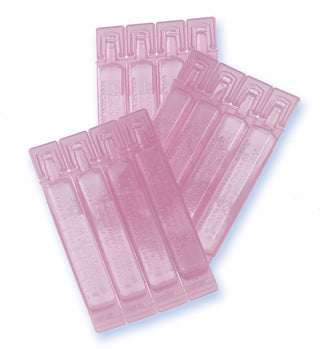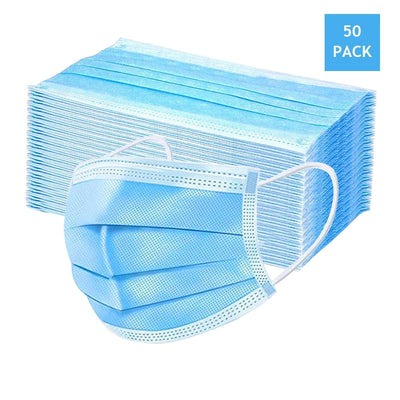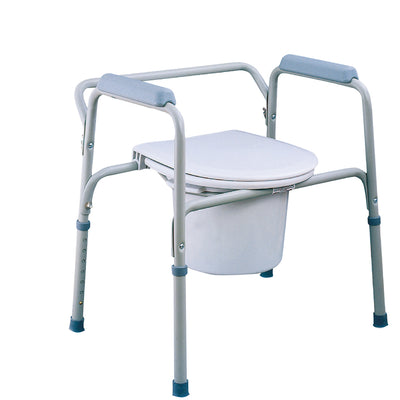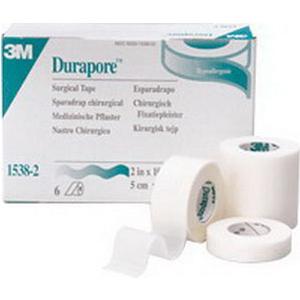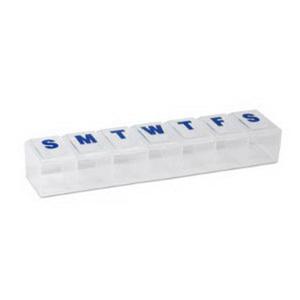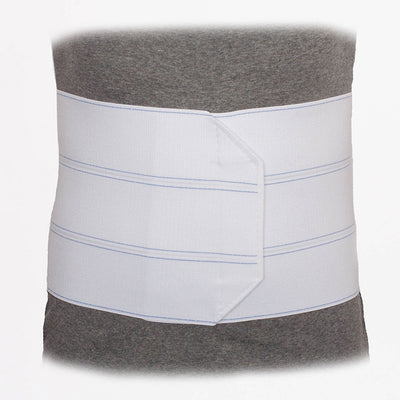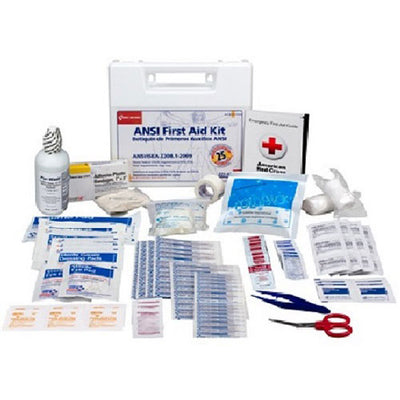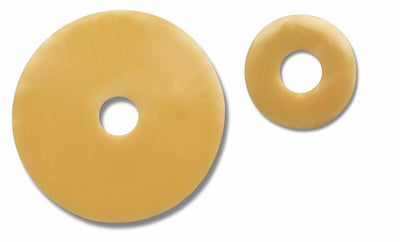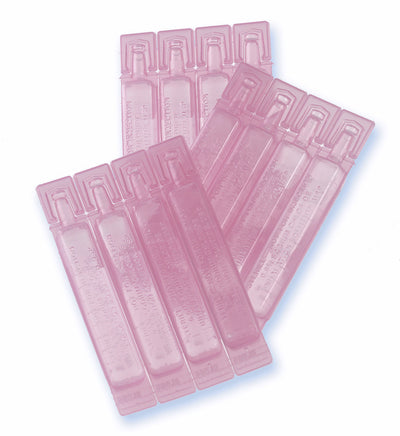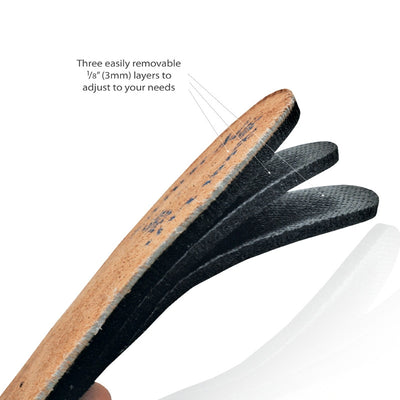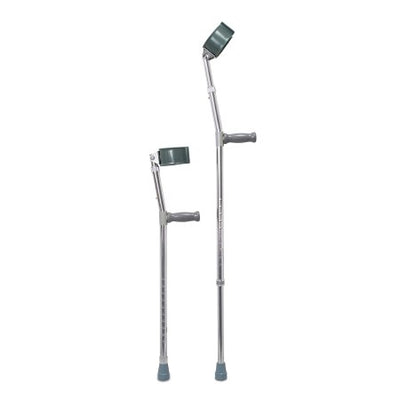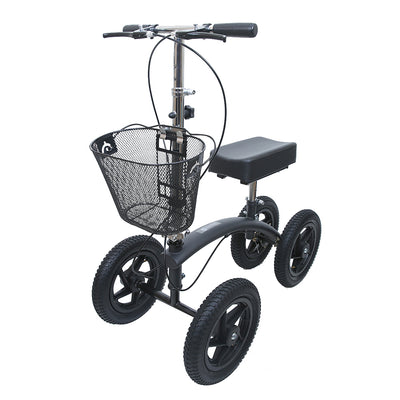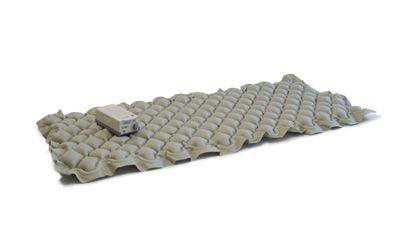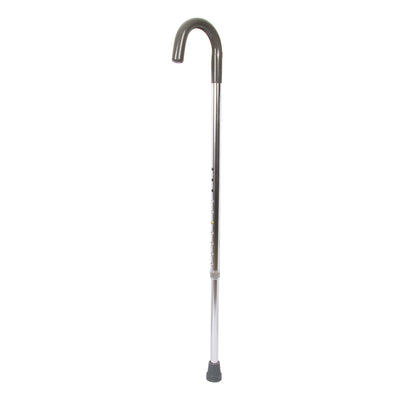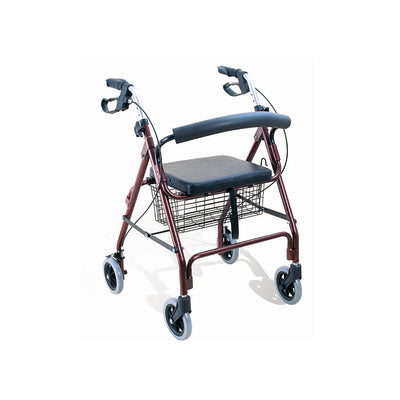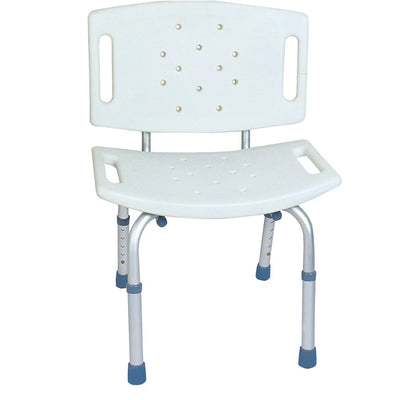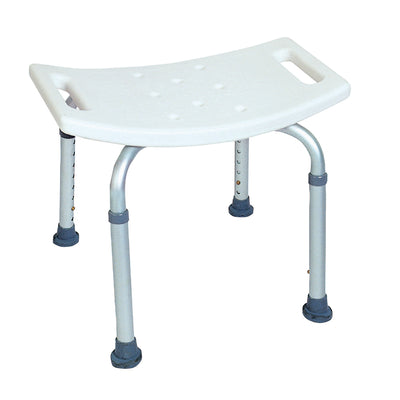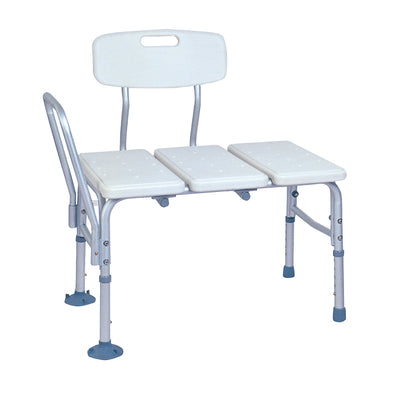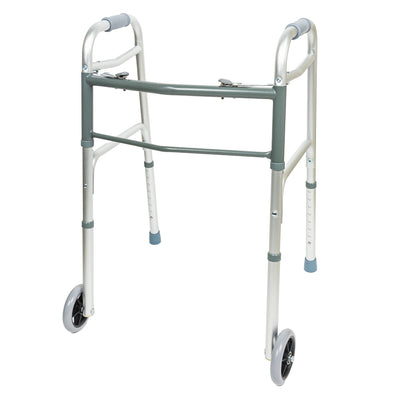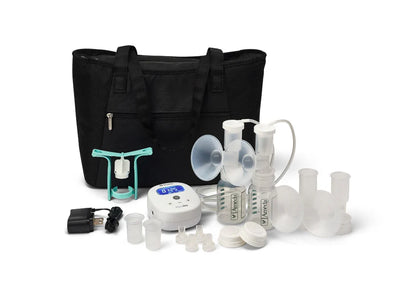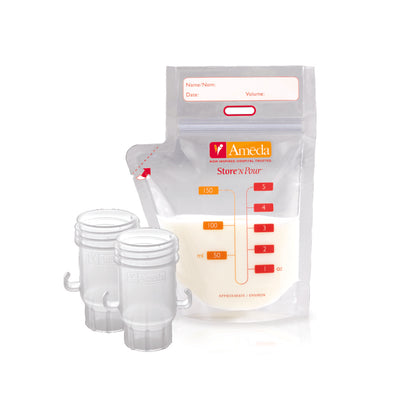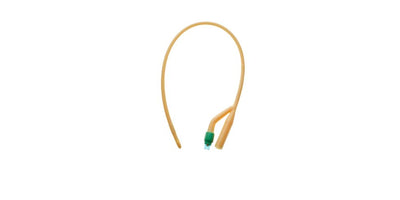Diabetic Bladder Issues: What You Need to Know
There are actually all sorts of bladder issues that diabetics are more likely to experience. For one thing, diabetes can actually damage the nerves that send the brain a signal when your bladder is full. Over time, you may not be able to totally distinguish when your bladder needs to be emptied, which will eventually stretch your bladder to the point where it cannot empty completely. This can also lead to frequent UTIs and urinary incontinence.
On the other end of the spectrum, blood glucose accumulation removes fluids from the tissues in your body, causing intense thirst. When you drink to fulfill this need, your bladder has to work even harder than before. Under these conditions, diabetics may experience an urgent or frequent need to urinate.
In order to improve your quality of life, you need to pay close attention to any physical changes you experience. If you often feel you can't satisfy your thirst or are having to urinate more often (or alternately, urinate rarely throughout the day), you should let your doctor know. He or she can then assess how advanced the issue is and make recommendations on how you can correct it.
Fortunately, it is usually possible to fix "diabetic bladder." In cases where the bladder has been substantially stretched, you'll need to essentially reshape it. Usually, this is done with a Foley catheter. This urinary catheter is inserted into the bladder and drains into urinary drain bags. Around 15-25% of all hospitalizations require the placement of such a catheter during a patient's stay, but you won't be confined to a hospital bed in cases like these. Simply put, when the catheter empties into the urinary drain bags, it will help your bladder drain and will allow your bladder muscles to build back up.
Self-catheterization may be a better choice for some patients, or it can be used as a follow-up treatment after using a Foley catheter for a short period. Instead of using a catheter and urinary drain bags full-time, patients are able to use a catheter just while urinating. With self-catheterization, patients have to follow a strict urination schedule, whether or not they feel the urge to empty their bladders. This practice will eventually retrain your nerves to sense when you need to empty your bladder and to do so completely.
While being diligent about your bodily habits can go a long way, it's not always possible to avoid developing a diabetic bladder. However, if you treat these problems early with urological supplies, you'll be well on your way to recovery and a more comfortable, well-maintained way of life. To find out more about how our catheters and urinary medical supplies can help you, contact us today.
← Older Post Newer Post →












